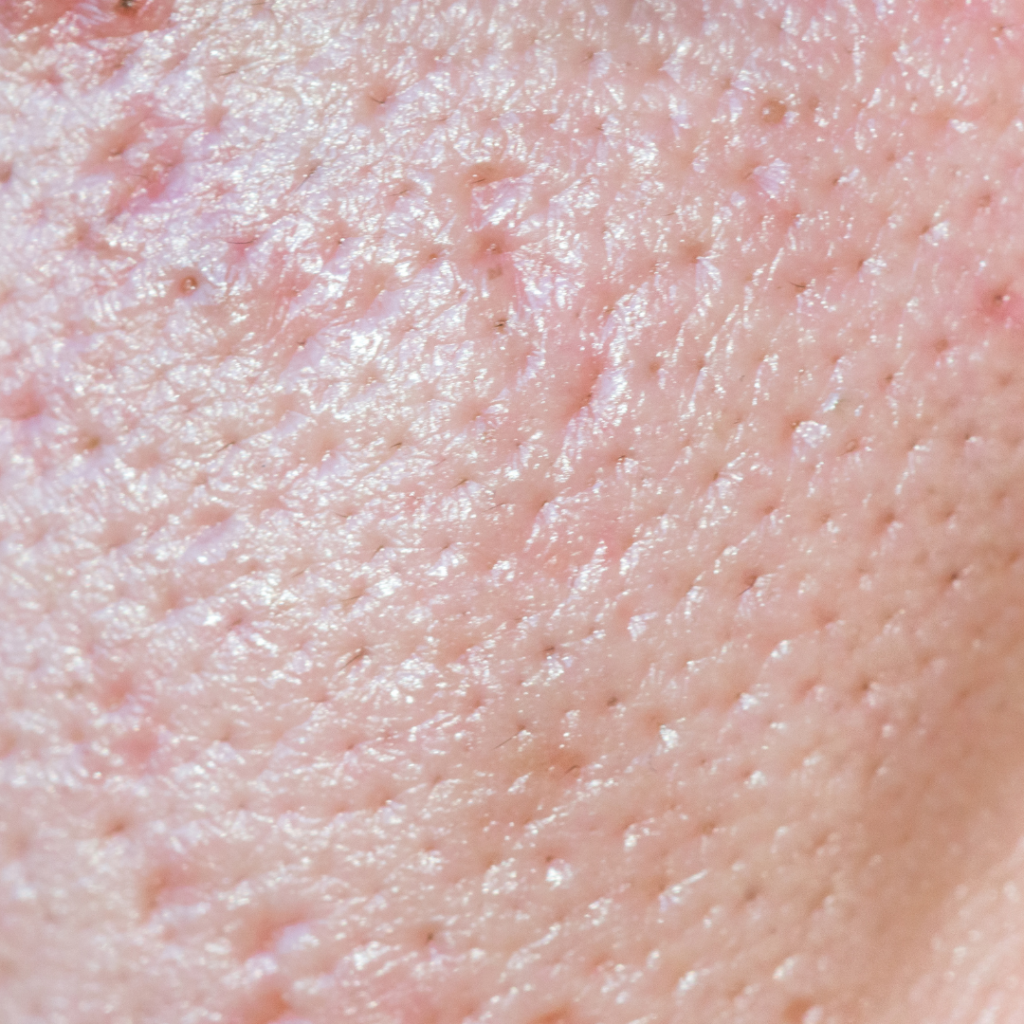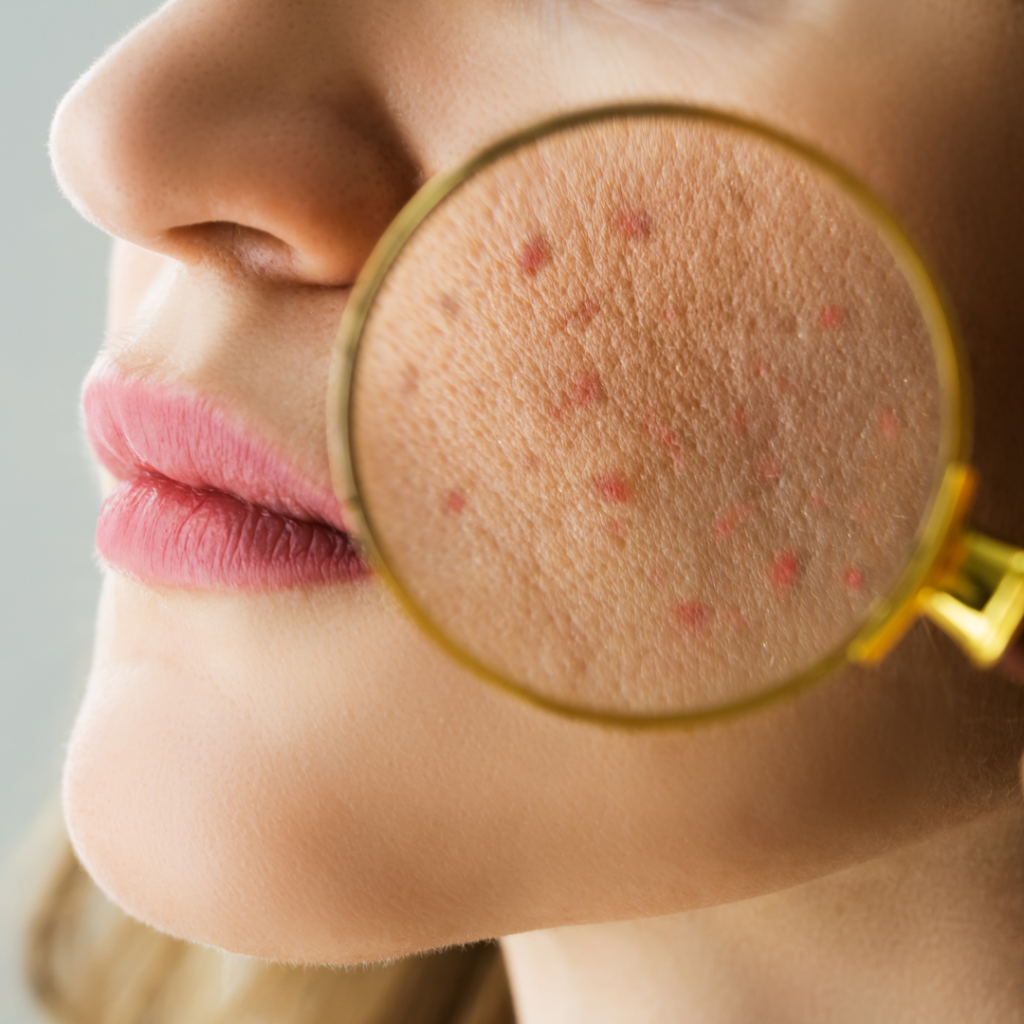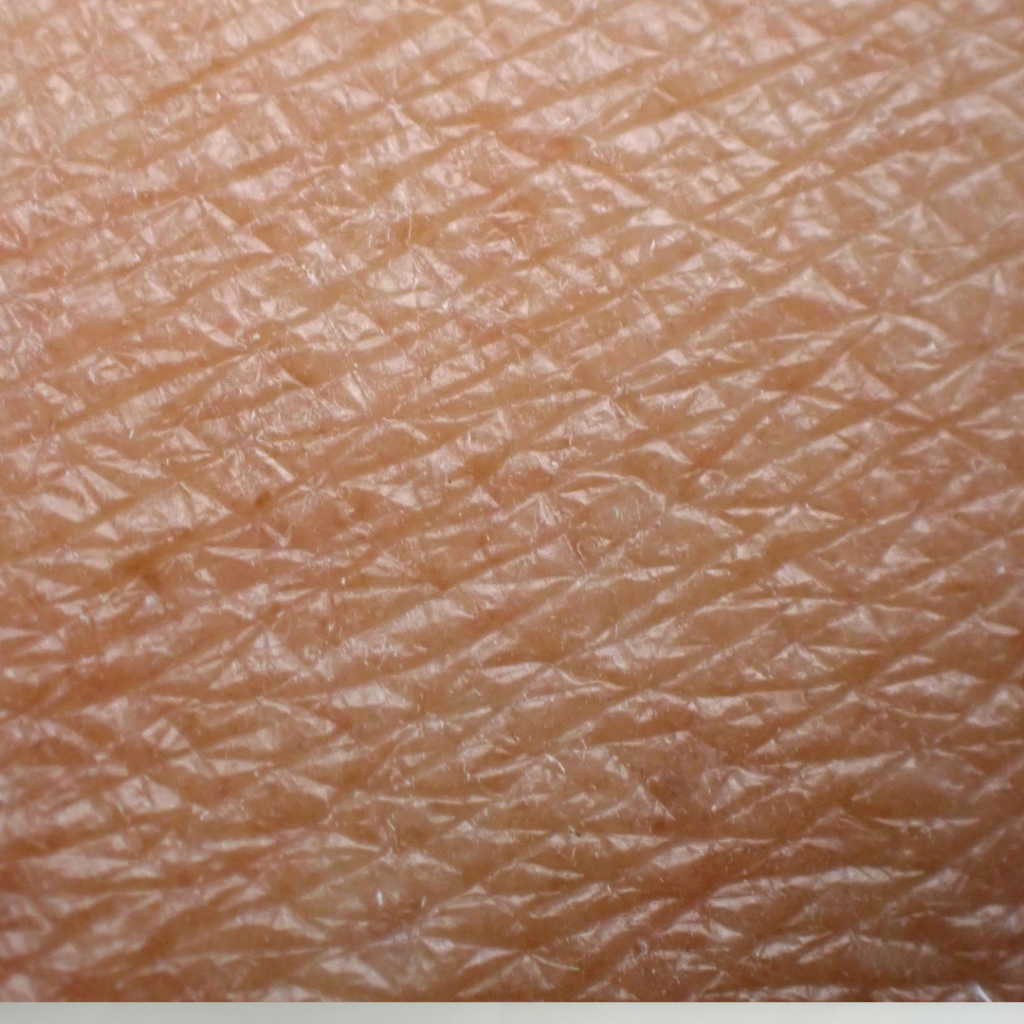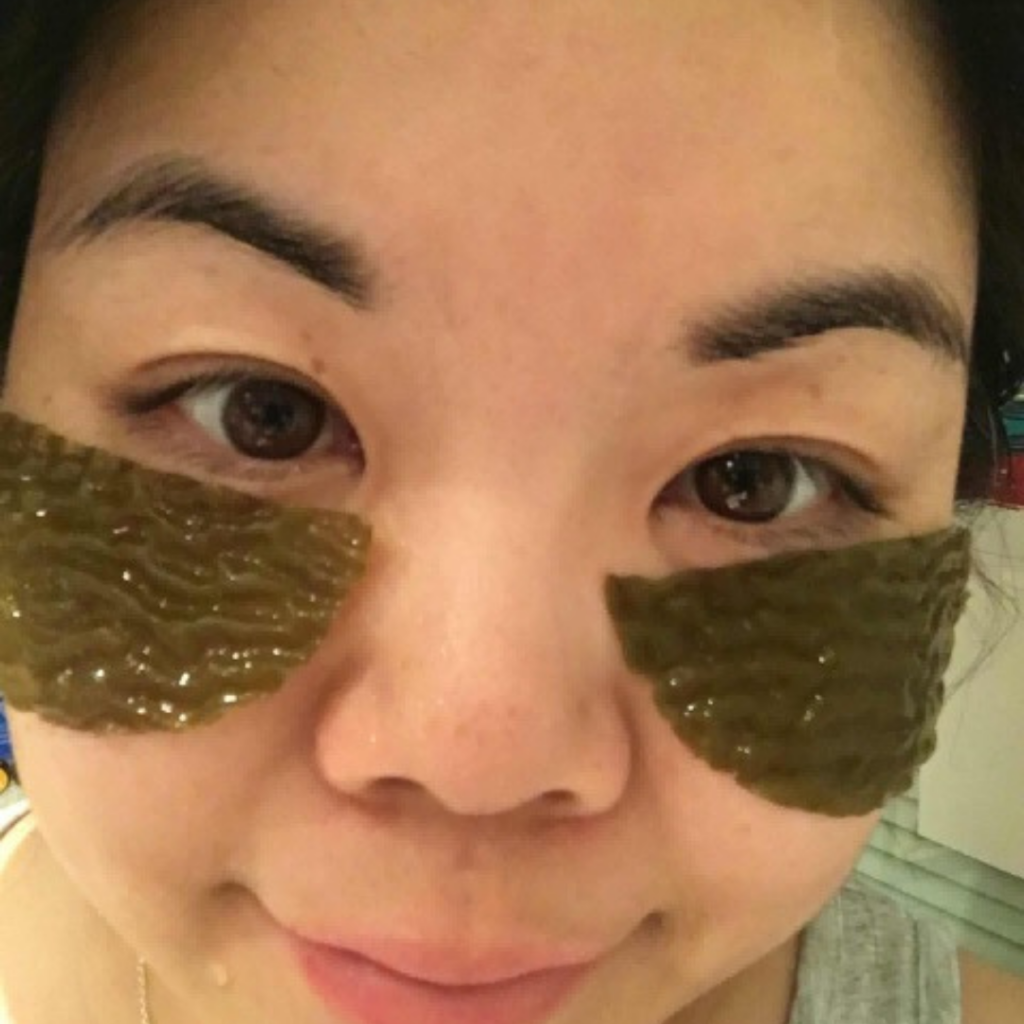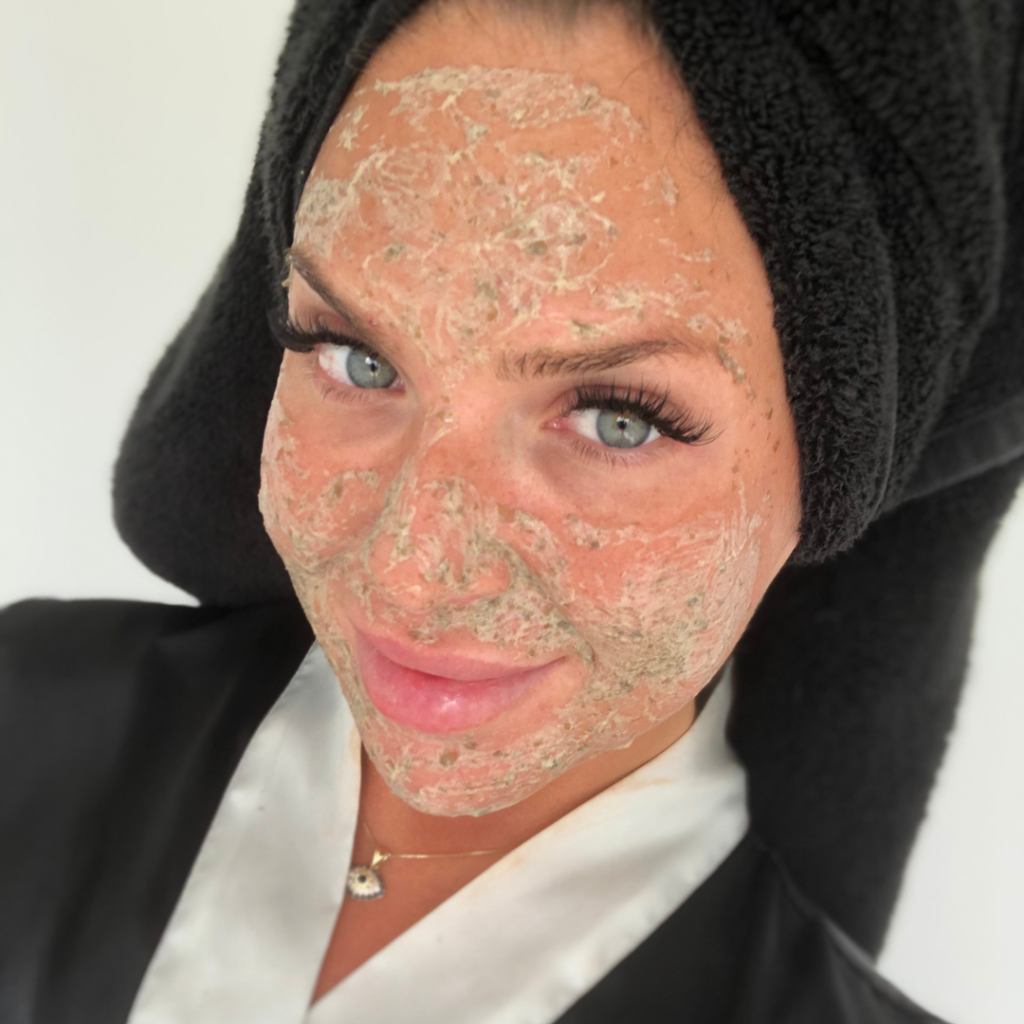How to Care for Your Specific Skin Type With Ease
Are you aware that each skin type responds differently to various ingredients? Mass-market products designed for a broad population may not be the optimal choice for you determine your skin type and specific to determine your skin type and needs. That’s why understanding your individual skin type is crucial for effective skincare.
Skin Texture Types
Your own sensitive skin type is as unique as you are, and understanding its specific needs is the key to unlocking its true potential. Commercial products designed for the masses may fall short when it comes to addressing your individual, skin type, condition and concerns. That’s why identifying your skin type is paramount for achieving truly effective skincare.
Embrace Your Normal Skin
With balanced sebum production and excellent blood circulation, normal skin is the epitome of harmony. Neither your skin feels too oily nor too dry, your skin feels and it boasts a natural radiance that’s enviable. Nurture skin healthy, and maintain its natural equilibrium for a vibrant and healthy complexion.
Tackle the Oily Challenge
Oily skin, often accompanied by a persistent shine, poses its own set of challenges. Excessive sebum production can lead to clogged pores and make acne prone to unwanted breakouts. Take charge of your oily skin with targeted solutions to control shine and maintain a clear, blemish-free complexion.
Empower Your Dry Skin
Dry skin deserves extra love and care. Its flaky, rough texture and occasional tightness call for nourishment and hydration. Embrace a skincare routine that restores moisture and promotes a supple, smooth appearance.
Navigate the Combination Dilemma
Combination skin presents a unique puzzle to solve. The more oil–prone T-zone demands attention, while the dry cheeks crave moisture. Strike the perfect balance by customizing your skincare regimen to cater to both areas, unveiling a harmonious, radiant complexion.
Protect Your Sensitive Skin
Sensitive skin requires tender handling. Reacting to triggers like spicy food, harsh chemicals or new products, it demands gentle, soothing care. Shield your delicate skin from irritants and embrace products specifically formulated to calm and nurture skin types with sensitivity.
How Can I Identify My Skin Type at Home?
By identifying your skin type and tailoring your skincare routine accordingly, you can address its specific needs, overcome challenges, and reveal your skin type’s true potential. Embrace and determine your skin type uniqueness and unlock a radiant, healthy complexion that reflects the beauty within you.
The Bare Faced Method
- Start with a gentle cleanser to remove any dirt or residue from your skin. Pat dry with a clean towel.
- Observe your skin’s natural state. Leave your skin untouched for about an hour to allow its natural characteristics to become more apparent.
- Examine your T-zone (forehead, nose, and chin). If these areas appear shiny or feel greasy to the touch, you likely have oily or combination skin. If there is minimal shine, you may have normal or dry skin.
- Gently press a clean tissue against different parts of your face. If the tissue picks up little to no oil, and your skin feels tight or dehydrated, you likely have dry skin. On the other hand, if the tissue picks up some oil from the T-zone but not the cheeks, you may have combination skin. Lastly, if there is minimal oil on the tissue, you may have normal skin.
- Take note of any additional skin concerns you may have, such as sensitivity, acne, or redness. These factors can help further refine your understanding of your skin type.
Remember that your skin type may evolve over time due to various factors such as weather, hormones, and aging. Learning about ingredients and what they do is important for optimal skin health.
The Blotting Sheet Method
The blotting sheet method is a technique used to assess the oiliness of your skin, particularly in the T-zone area. Using oil-absorbing sheets, gently press them onto different areas of your face, focusing on the forehead, nose, and chin.
After a few seconds, remove the sheet and observe the translucent paper. If it has absorbed significant oil, indicating shine, you likely have oily or combination skin. If there is minimal oil, suggesting little to no shine, you may have either normal skin or dry skin.
The blotting sheet method provides a quick and easy way to gauge the oiliness of your skin in specific areas. It can be a helpful tool to understand your skin’s characteristics and adjust your skincare routine accordingly.
Remember to perform the test on clean skin and avoid excessive pressure or rubbing, as it may stimulate additional oil production.
How to Care for Each Skin Type
Caring for Normal Skin Type
Caring for normal and sensitive skin types involves the skin cells maintaining its balanced state and nourishing it with appropriate skincare products. Here’s a skincare routine for normal skin types, incorporating suggested Seaflora Skincare products:
- Cleansing: Use Sea Foam Cleansing Concentrate to gently cleanse your face. Its natural ingredients and seaweed extracts will help maintain the skin’s balance.
- Toning: Follow cleansing with Sea Splash Toning Essence. Deeply hydrate, brighten and clarify the skin while maintaining its pH balance.
- Moisturize: Apply Sea Radiance Facial Moisturizer, a lightweight moisturizer made up of a blend of 4 kelps. It will nourish your skin, improve collagen and hyaluronic acid production and leave it supple and glowing.
- Eye Care: Use Sea Therapy Eye Contour Gel around the delicate eyes to hydrate, brighten and smooth out fine lines. Formulated with red algae and kelp that revitalize the skin, reduce puffiness and minimize the appearance of fine lines.
- Weekly Treatment: Once a week, treat your skin a deep pore exfoliation and nourishing seaweed masque with Potent Sea Kelp Exfoliator. This detoxifying masque will help draw out impurities, tighten pores, and promote a healthy glow.
Remember, consistency is key.
Combination Skin Type
Caring for combination skin requires a balanced approach that addresses both oily and dry areas. To best care for combination skin, start by using a gentle cleanser to remove impurities without stripping the skin’s natural oils.
More often than not, it is the cleanser causing combination skin. The cleanser you choose is the cornerstone in your skin care routine.
Follow with a lightweight, non-comedogenic moisturizer to hydrate the dry areas without clog pores or adding excess oil to the T-zone. Incorporate a results driven serum or toner with balancing properties to help regulate oil production and refine pores. It’s important to experiment with products and find the right combination that works for your basic skin types.
Dry Skin Type
Dry skin is characterized by a lack of moisture, resulting in a flaky and rough appearance. It tends to produce less oil and lacks vitality, making it susceptible to dryness and weather changes.
Signs of dry skin include flaky and rough texture, unevenness, itching, tightness, more visible lines, and reduced skin elasticity. Factors that contribute to dry skin include genetics, dry climates and winter season, prolonged showers that strip away oils, and age-related reduction in sebum production.
It’s important to use low lather, gentle cleansers, moisturize regularly after bathing, limit shower time, gently pat down the skin gently when drying, stay hydrated by drinking plenty of water, use a humidifier, apply sunscreen, and choose non-toxic household cleaning agents to help care for dry skin.
Oily Skin Type
Oily skin is characterized by excessive sebum production, resulting in a greasy appearance, enlarged pores, and a tendency to develop acne and blackheads.
Several factors contribute to oily skin. Hormonal changes during puberty or pregnancy can trigger increased oil production. The climate, such as living in a humid or hot environment, can also play a role. Genetic predisposition and large pores contribute to the skin’s oiliness. Over-exfoliating or using harsh soaps can stimulate sebum production.
To care for oily skin, moisturize regularly with a lightweight, lotion-based moisturizer, cleanse your face twice a day, opt for non-comedogenic makeup products, wear makeup, and avoid touching your face to prevent further breakouts and blemishes.
Tips for Sensitive Skin
Sensitive skin is easily irritated and more reactive than normal skin. It tends to be fragile, prone to heat, redness, and itching, and has a weakened barrier that allows irritants and microorganisms to penetrate easily, leading to infections and allergic reactions.
Identifying sensitive skin includes symptoms such as tightness, itchiness, uneven texture, oiliness in summers, dryness in winters, reactions to skincare products, redness after hot water baths, itchiness from tight clothes, and flushing after consuming spicy food.
For sensitive skin care, conduct patch tests before using new products, opt for a simple skin care routine with mild cleansers, moisturizers, and sunscreen, and avoid hot showers that can further irritate the skin.
What Causes Oily Skin?
Although oily skin may be bothersome, it has it’s advantages! People with oily skin usually form less wrinkles, with out needing anti-wrinkle potions. Oily skin is primarily caused by the overproduction of sebum, a natural oil produced by the sebaceous glands in the skin. Several factors contribute to this excess sebum production:
- Hormonal factors, such as increased androgen activity during puberty or hormonal disorders like PCOS
- Genetics and family history of oily skin
- Sugar and greasy foods
- Environmental factors, including exposure to pollutants
- Overactive sebaceous glands
- Use of heavy or oil-based skincare products and cosmetics
- Over-washing or harsh cleansing that strips the skin’s natural oils
Tips for Oily Skin:
Here are do’s and don’ts from the American Academy of Dermatology. The recommendations from dermatologists align with the tips provided earlier. These guidelines emphasize the importance of proper skincare practices for managing oily skin. Here’s a summary:
DOs:
- Wash your face every morning, evening, and after exercise with a gentle, foaming face wash.
- Choose oil-free and non-comedogenic skincare products, including cleansers, moisturizers, and makeup.
- Apply moisturizer daily to keep your skin hydrated, and opt for products with sunscreen protection.
- Wear sunscreen outdoors to prevent sun damage, choosing formulas with zinc oxide and titanium dioxide, and avoiding fragrances or oils.
- Choose oil-free, water-based makeup.
- Use blotting papers throughout the day to absorb excess oil without rubbing.
DON’Ts:
- Avoid scrubbing your skin, as it can irritate and worsen the condition.
- Avoid oil-based or alcohol-based cleansers, as they can irritate your skin.
- Don’t sleep with makeup on; always remove it before bedtime.
- Avoid touching your face throughout the day, as it can transfer dirt, oil, and bacteria.
These recommendations from dermatologists aim to help control oily skin, maintain the type of skin that produces its natural moisture balance, and prevent acne breakouts.
What Causes Dry Skin?
Dry skin can be caused by various factors that disrupt the skin’s natural moisture balance. Some common causes include:
- Environmental factors (dry air, low humidity, harsh weather conditions)
- Aging
- Excessive cleansing
- Certain medical conditions
- Underlying health issues
- Medications
- Genetics
Dry and Sensitive Skin Tips:
The American Academy of Dermatology provides the following recommendations for managing dry skin:
Bathing Tips:
- Use warm, not hot, water.
- Limit shower or bath time to 5 or 10 minutes.
- Wash with a gentle, fragrance-free cleanser.
- Avoid using excessive cleanser.
- Gently blot the skin dry with a towel.
- Apply moisturizer immediately after drying.
Moisturizer Application:
- Use an ointment or cream instead of a lotion.
- Look for ingredients like jojoba oil, glycerin, hyaluronic acid, or shea butter.
- Apply moisturizer right after showering or washing face and hands.
Lip Care:
- Choose a lip balm that feels comfortable and doesn’t cause tingling or stinging.
Skincare Products:
- Use gentle, fragrance-free products.
- Avoid products containing alcohol, alpha-hydroxy acid (AHA), fragrance, or retinoids.
Hand Care:
- Carry a non-greasy hand cream and apply after washing hands.
- Wear gloves in cold weather, during wet tasks, or when handling chemicals.
Clothing and Laundry:
- Try and choose cotton or silk under clothing made of rough materials.
- Use hypoallergenic laundry detergent.
Environment:
- Avoid sitting in front of direct heat sources.
- Use a humidifier or check if your home heating system has a working humidifier.
Take Aways
These tips are good advice for sensitive skin, normal skin, or any skin type really. A mild cleanser is the key to your skin routine, and eliminating the oily t zone. Using a harsh cleanser strips the oils skin produces naturally, which makes your skin produce more oils, leading to oilier skin. Your skin should never feel tight after it is washed, it should feel supple and oil free at the same time.
The second most important step is exfoliating a couple times a week to slough off dead skin cells. Our body’s largest organ is skin, and exfoliating it is the best way to detox the body naturally.
Wearing broad spectrum sunscreen and focusing on gut health, fasting for autophagy and eating a protein and antioxidant rich diet are the best ways to prevent premature aging no matter your skin type.

